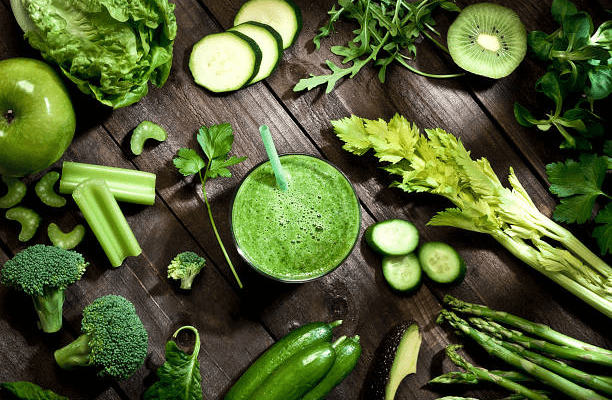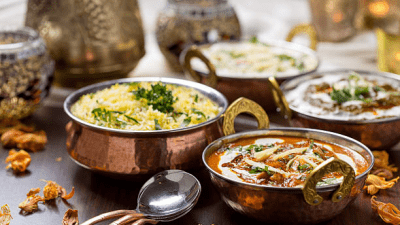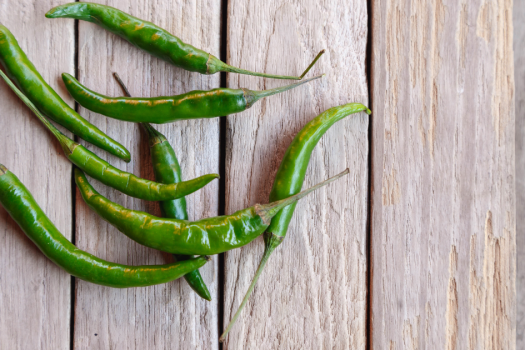The world of fine dining conjures images of decadent dishes, rare ingredients, and expense accounts. But increasingly, India’s top chefs are focused on sustainability – making environmentally conscious choices about their sustainable ingredients and practices. This new wave of eco-friendly dining is delighting foodies’ palates while leaving a smaller carbon footprint.
Sourcing Local, Sustainable Ingredients
Chefs have found that sourcing ingredients locally not only provides fresher and more flavorful produce, but supports local economies and reduces emissions from transport. Mumbai’s Masque restaurant designs its ever-changing menus around sustainable ingredients sourced within a 50-mile radius. Bangalore’s Oota uses produce from its own farm in addition to other local suppliers. Instead of importing asparagus from Peru in the off-season, restaurants source shimla mirch from Maharashtra or broccoli from Ooty to highlight India’s vegetable bounty.

Local seafood also stars on sustainable menus. Goan restaurants in Mumbai like Bomras source fresh catch from coastal suppliers. Chennai’suthama uses fish from the Bay of Bengal and Indian Ocean. Chefs work closely with small fisheries to procure seafood that’s healthy for oceans and diners.
Along with purchasing locally, restaurants follow the natural crop seasons. Tasting menus at Delhi’s Indian Accent change throughout the year based on what’s fresh and ripe. The summer menu may include jamun and litchi, while winter brings heartier chukandar and avocado. Chefs get creative, too, pickling seasonal vegetables or developing preserves to enjoy their flavors year-round.
Reviving Ancient & Indigenous Ingredients
From millets to gondhoraj lime, chefs are celebrating indigenous and ancient ingredients that are nutritious, sustainable additions to modern menus.
Lost grains like ragi and rajma are now being served alongside quinoa. Their resilience makes them ideal for India’s climate while providing important nutrients. Chefs use heritage grains in creative ways, from ragi dosa at Mango Tree in Mumbai to nachni pizza crust at Delhi’s Diva.
Forgotten fruits are also seeing a resurgence, like the tart kokum fruit now featured in cocktails. Wild turmeric, which grows abundantly in forests, is being used to add earthy flavor and a boost of antioxidants. Chefs are also promoting biodiversity by featuring diverse ingredients in one dish, like PeekNee’s Khasi-inspired salad with 20 local plants and herbs.
These ancient sustainable ingredients not only bring nutritional diversity to menus, but keep traditional food cultures alive. By spotlighting these foods, chefs encourage more cultivation and consumption.
Waste-Reducing Practices
With nearly 40% of food in India wasted annually, many chefs are addressing sustainability through waste-reducing practices.
Some initiatives are simple, like cutting portion sizes and enabling doggy bags. Other restaurants compost food scraps to nourish gardens. Masala Library in Mumbai sends leftover grains to an NGO that repurposes them into biryanis for children.
Chefs are getting creative with typically discarded parts too. At Saby Nagar in Kolkata, watermelon rinds become pickles, pineapple cores flavor drinks, and broccoli stems are toasted and served as snacks.Stem in Mumbai uses beetroot tops for pesto and radish greens for chutney.
With appetites for sustainable dining growing, chefs are making farm-to-table a reality in India. They’re sketching out visions for food systems that benefit eaters, producers, and the environment – proving that fine dining and sustainability can go hand-in-hand.
The future of eco-friendly eating looks bright. As culinary innovators continue to shape evolving food cultures, foodies can indulge in their passion while contributing to a just and sustainable food system. India’s cuisine has always been closely tied to nature – today’s chefs are helping to strengthen that bond.

Restaurants Growing Their Own Sustainable Food
More chefs are taking farm-to-table literally by growing produce steps away from their kitchens. Sanctum in Kochi runs entirely on solar energy and sources over 15 ingredients from its organic garden. Sula Vineyards in Nashik serves produce grown on its estate alongside wine pairings. In urban areas like Mumbai, chefs are turning rooftops and terraces into flourishing gardens with herbs, tomatoes, lettuces and more. On-site gardens give chefs quality control, immediate access to ultra-fresh sustainable ingredients, and the ability to experiment with new crops and varieties. Diners can tour and see first-hand how their meals are grown sustainably.
Diners Can Support Sustainability Too
While chefs pave the way in eco-friendly eating, diners also shape the movement through their purchases. Seeking out restaurants that feature local, seasonal menus shows demand for food that’s good for the palate and planet. Meat-minimal menus enable more sustainable protein sources like pulses to shine. Diners can reduce waste by opting for smaller portions or taking leftovers to-go. They can also reuse containers from sustainable eateries. Most importantly, diners should share positive feedback with restaurants practicing use of sustainable ingredients, encouraging them to keep up the green work. Voting with our forks for an earth-friendly approach makes a tasty impact.
In conclusion, India’s leading chefs are taking steps big and small to promote sustainability without sacrificing flavor, pioneering eco-friendly fine dining for the future.
Also read- Stay sustainable with Zero Waste Cooking : How to Minimise Food Waste
















